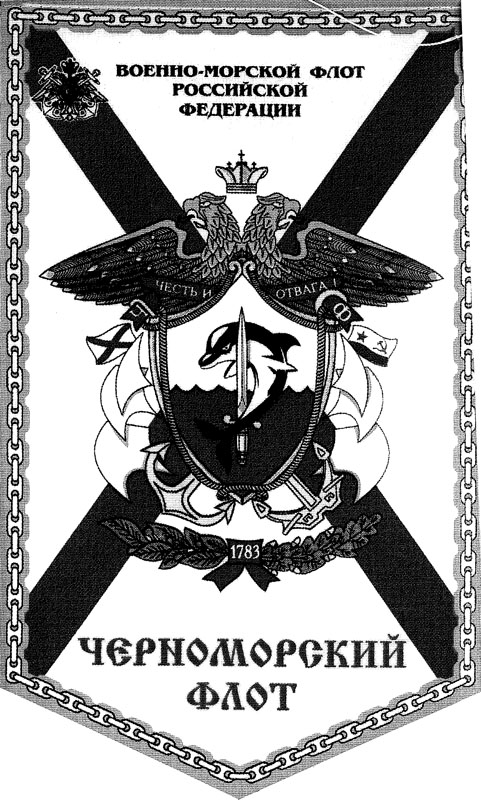Brief Overview of Cam Ranh Bay Military History
By Joel Rosenbaum
The military usage of Cam Ranh Bay goes back to 1905 when 50 ships of the
Russian Imperial Baltic Fleet under Admiral Zinovy Rozhestvenski used Cam
Ranh as a staging area prior to the Battle of Tsushima where they were
defeated by the Japanese.
The French built small fortifications in 1939 and the Japanese took
control in July 1941. The Japanese used Cam Ranh as a staging area for their
invasion of Malaysia and Singapore in 1942. On January 25, 1944 American
B-29s dropped several hundred mines into the harbor in Operation Matterhorn.
On January 12, 1945 carrier based US Navy Grumman F6F-5 Hellcats from Task
Force 38 attacked Cam Ranh hoping to destroy Japanese Naval ships in
operation Gratitude. The ships had left but the Hellcats destroyed twenty
Japanese sea planes located there. In 1954 the French used Cam Ranh as an
evacuation point for their troops in Indochina. The last French troops left
from Cam Ranh in July 1956.
The US made an appearance at Cam Ranh Bay on July 19, 1964 when the US
Navy ship Epping Forest arrived to do hydrographic and facility mapping.. A
long concrete runway was constructed. When it was determined an additional
runway would be needed, due to time limitations AM2 aluminum planking was
used to construct a parallel runway. It was completed in time to receive the
first F-4 Phantom jets of the 12th Tactical Fighter Wing (TFW) on
November 1, 1965. The 12th TFW was credited with destroying 15
MIGS. The 12th TFW was moved from Cam Ranh Bay to Phu Cat in March 1970.
Navy Market Time patrols, Army Radio Research P-2Vs, C-130s, C-7A, civilian
contract R&R flights and civilian contract military transport flights as
well as Navy swift boats, Army units and Army and Air Force hospitals were
located at Cam Ranh. CONUS-based C-141A and C-5A aircraft made regular trips
into Cam Ranh. At its peak there were 40,000 military personnel and 20,000
civilian workers. There was also an Army airfield across from Cam Ranh Bay
at Dong Ba Thin.
On October 26, 1966 President Lyndon Johnson made a visit to Cam Ranh
Bay. Senator and Presidential candidate John Kerry reported for Naval Swift
Boat duty at Cam Ranh Bay on November 17, 1968 and was “wounded” in a Swift
Boat operation north of Cam Ranh Bay. The US turned the base over to the
South Vietnamese in May 1972, but three months later they found the base too
large and used it for mostly storing aircraft. The North Vietnamese captured
the base on April 3, 1975.
In 1979 The Soviet Union signed a 25 year agreement with the Vietnamese
for use of air and naval facilities at Cam Ranh Bay. The Vietnamese saw the
Soviet presence as a warning to the Chinese. Vietnam fought a bitter border
war with China in 1979 and China regarded Vietnam as “Long Lost Chinese
Territory.” In additional to Naval vessels the Soviets stationed Tu-16
Badger, Tu-95 Bear aircraft and MIG-23 Flogger K aircraft there. The MIG-23
aircraft had a unit marking on the fin in the form of a dolphin. While the
US Navy stationed trained dolphins at Cam Ranh to protect against attacks by
VC swimmers it is assumed none of the dolphins defected. The dolphin was a
symbol of the Russian Black Sea fleet from Sevastopol, Ukraine from which
the unit came. Sevastopol also has a Marine research facility which
specializes in dolphins and experimental work was begun there on training
dolphins for Naval missions after WWII. The Russians also put on shows with
Dolphins at Nha Trang while maintaining the military base at Cam Ranh.
On December 12, 1995 three SU-27 Jets from the Russian Knight acrobatic
team crashed into a mountain in a heavy rainstorm on approach to Cam Ranh
Bay. The team was en route home to Russia from an air show in Malaysia. The
USAF climatic brief for Cam Ranh Bay shows some of the worst flying weather
in December with 18 days of measureable rain. This is the height of the
Northeast Monsoon when it is rainy along the coast of Vietnam. In contrast
there are only six days of measurable rain during June during the Southwest
monsoon when it is dry along the coast and rainy inland. The Russian base at
Cam Ranh was slowly scaled down. When it was closed in 2002 there was only a
signals intercept station there.
The Vietnamese built a new road from Cam Ranh airport to Nha Trang a city
20 miles north to link it with a new modern air passenger terminal at Cam
Ranh. The Nha Trang airport was closed and on May 19, 2004 the first
commercial flight from Hanoi landed at Cam Ranh. The airport at Cam Ranh now
serves as the air terminal for Nha Trang. (See
Cam Ranh Today) |


